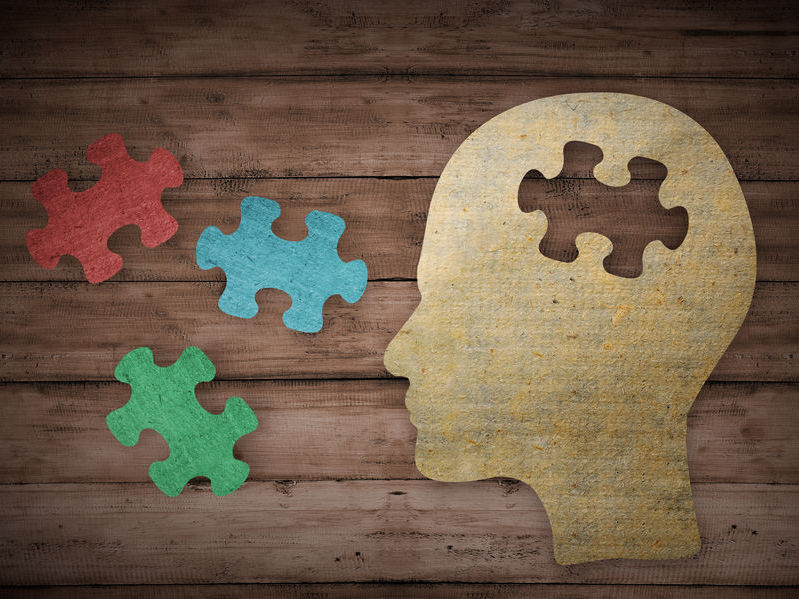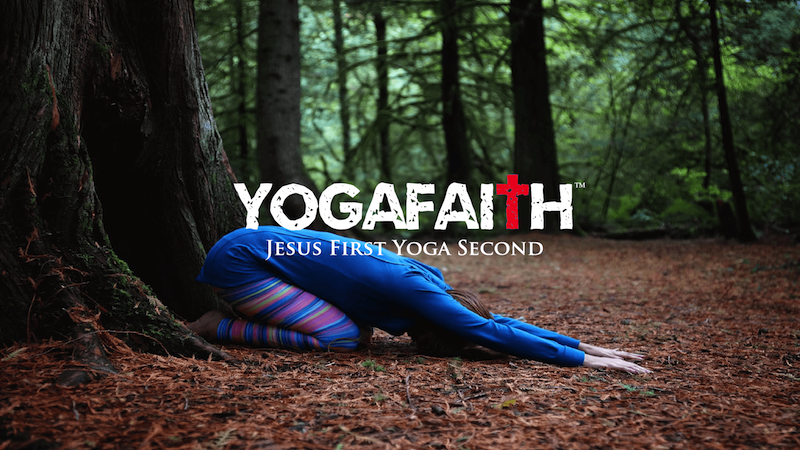Trauma Resolution – Somatic Experiencing, EMDR & Yoga Therapy
The New Understandings of Healing.
THRIVING, not Surviving.
It is NOT What is wrong with you, it is WHAT HAPPEN TO YOU?
In the past 10 years technology has allowed us to take live pictures of the brain while remembering a traumatic event. From those pictures we have learned that “talk therapy” alone does not give the deepest trauma resolution. We now know that the deepest healing is to transform the trauma into an “Act of Triumph”. Triumph is the way we move beyond surviving into thriving. Thriving is assisted by somatic interventions – which include the use of music, art, yoga, breathing, mindfulness, meditation, contemplation, prayer, and movement. Widening the lens through which we “see” and “know”.
Yoga – including body-breath-mind practices – is an essential part of trauma healing.

I am trained to help you heal through Mind/Body (somatic) therapies!
I have studied and practice: Somatic Experiencing (SE), Secure Attachment (DARE), Sensorimotor Psychotherapy, EMDR, and yoga therapy (which includes body-breath-mind modalities).
We are designed to navigate life, to survive and thrive though the traumas, dramas, and pains of existence.
You are STRONG, but trauma fools us into believing a lie, that we are broken – beyond repair.
Trauma is ultimately defined by the individual person’s RESPONSE rather than the THE EVENT ITSELF.
Bessel Van der Kolk says about trauma healing, “You are no longer THERE THEN, but HERE NOW…”
We are the most social of all creatures, we are wired to connect but, trauma impacts that ability, isolating us from others. Trauma Resolution gives us back the human mandate to connect and empowers us to remember our strength.
Trauma healed gives us back the ability to love, to hope, to serve.

All About EMDR
Eye Movement Desensitization and Reprocessing (EMDR), is a process of psychotherapy that harnesses the brain’s innate processing ability to tolerate and heal from trauma. EMDR seems to accelerate healing of a wide range of emotional wounds and self-esteem issues related both to past traumatic events and present life conditions.
During EMDR the client attends to past and present experiences in brief sequential doses while simultaneously focusing on an external stimulus (moving lights, and/or pulsing vibrations). This “bi-lateral stimulation” mimics the healing power of the brain to integrate and heal old wounds and lies we have been taught. Once the memory is healed the experience is like an “absence of symptoms.”
Most people find it rather amazing!
Trauma Resolution Self Assessment
- I was/am afraid of things my parents do or have done?
- My childhood included abuse or neglect?
- I have trouble paying attention and concentrating?
- I often feel touchy or temperamental or I am easily angered?
- I have overreacted when I could have handled things differently?
- I have felt numb or detached, with dulled or flattened feelings?
- I have felt less aware of my surroundings (dazed)?
- I have been told that I said or did something that I don’t remember?
- I try to avoid certain people, feelings, or places that make me feel upset?
- I feel jumpy and on edge most of the time?
- I have trouble sleeping?
- I am haunted by thoughts of terrible things that happened in the past (upsetting thoughts, dreams or flashbacks)?
- I have experienced, seen, or had to cope with a life-or-death event or very serious injury?
- I have had to deal with events that threatened my physical and emotional self or those of people I love or care about?
- I have periods of time in my life that I cannot remember?
- I drink or use drugs, overeat or numb out in front of the TV/computer or porn to help me deal with stress or to get through the day or night?
If you have answered “yes” to any of the these questions,
trauma resolution therapies may be helpful to you.
And remember, Trauma is ultimately defined by the individual person’s RESPONSE rather than the THE EVENT ITSELF.
What is Trauma?
The definition of trauma is unique to each individual. Any experience that makes a person feel they have no control and are powerless to change or escape the situation can create long term changes in the way in which the nervous system responds. Consequently, one may never have experienced what they consider “trauma”, but may still feel traumatized in a variety of situations that remind the nervous system of being helpless or out of control.
Over a lifetime these daily, habitual feelings may accumulate and eventually result in symptoms of fear, irritability, and a desire to isolate from life to protect the nervous system from such feelings. The implications of this expanded view of trauma impacts all of us.
Many people do not identify trauma as the source of their difficulties. The new expanded definition of trauma can be confusing.
These two criteria are often the reason why:

1) We do not know what is happening and do not identify the source of our sadness, anger, or forgetfulness with a past traumatic event(s).
2) Trauma survivors often do not want to think about the painful experience, mistakenly believing, that suppressing the thoughts, will make the memories and the symptoms go away. Instead, what seems to happen is that as more situations trigger the painful feelings or memories, one’s life becomes more and more limited.
Trauma resolution including EMDR are helpful for both the “Big T” traumas and the “little t” traumas of daily, cumulative life.
In both types of trauma we tend to place meaning or a belief about “self” on the experience. Often that negative belief about “self” is then playing under the surface of our conscious awareness, impacting our sense of self-worth and ability to respond to life in a positive, assertive manner.
Trauma resolution strategies like yoga therapy, somatic practices and EMDR helps to bring the belief to our conscious mind so that we may choose a different belief that is more life affirming and healing.
EMDR is capable of a rapid desensitization of traumatic memories, including a change in the way we think about the event and a significant reduction of symptoms such as emotional distress, intrusive thoughts, flashbacks, and nightmares. We are then free to create the life we envision, once the trauma blocks have been healed.
Substantial research supports EMDR therapy for trauma-related disorders. The International Society for Traumatic Stress Studies (ISTSS), the Dept of Veterans Affairs and DOD, The American Psychological Association and the American Psychiatric Association have listed EMDR as effective in the treatment of post traumatic stress disorder. More information here.
Substantial research by Bessel Van derKolk, Peter Levin, and Pat Ogden, supports somatic trauma resolution techniques like yoga which brings awareness to the body and possible stored/stopped reactions.
I work with a variety of techniques under the headline of “Yoga Therapy”. In particular, a guided mindfulness meditation practice called, iRest. Created by the Integrative Restoration Institute, iRest, like EMDR, has been shown in repeated studies to help heal depression, anxiety, PTSD, eating disorders, and insomnia. More information here.
The goal in all interventions is to alleviate long standing emotional roadblocks and enhancing the quality of your life – filling it with more ease, gratitude, and joy

Yoga Therapy
“The reason I practice yoga and the reason I became a yoga therapist is because it is good for mental health – yours and mine!”
Bessel van der Kolk, MD is considered one of the world’s leading authorities on Post-Traumatic Stress Disorder (PTSD). He has pioneered the use of Yoga as a therapy. He says, “I was looking for a way for people to regulate the core arousal system in the brain and feel safe inside their bodies. My interest came from doing research that discovered how trauma affects the brain. Yoga turned out to be a way to get people to safely feel their physical sensations and to develop a quiet practice of stillness.
Dr.Van der Kolk decided to see if Yoga can positively affect the core regulatory mechanism in the brain. Some trauma-sensitive people can feel frightfully unsafe experiencing the sensations that are evoked by certain [postures]. What most people do not realize is that trauma is not the story of something awful that happened in the past, but the residue of imprints left behind in people’s sensory and hormonal systems. Traumatized people often are terrified of the sensations in their own bodies. Most trauma-sensitive people need some form of bodyoriented psychotherapy or bodywork to regain a sense of safety in their bodies….People with PTSD lose their way in the world. Their bodies continue to live in an internal environment of the trauma….time stops in people who suffer from PTSD. That makes it hard to take pleasure in the present because the body keeps replaying the past. If you practice Yoga and can develop a body that is strong and feels comfortable, this can…help you to come into the here and now rather than staying stuck in the past.” The goal, according to Bessel is, “To be here now, not there then!“
What is Yoga Therapy?
Richard Miller, PhD, psychologist, yogi and creator of iRest, says: “Yoga therapy may be defined as the application of yogic principles to a particular person with the objective of achieving a particular spiritual, psychological, or physiological goal…. included are the application of meditation, textual study, spiritual or psychological counseling, chanting, imagery, prayer, and ritual to meet the needs of the individual. Yoga therapy respects individual differences in age, culture, religion, philosophy, occupation, and mental and physical health.“
But…Is Yoga a Religion?
According to Michelle Thielen, the creator of YogaFaith, “Yoga is simply defined as a union, to unite or to yoke…. Many practitioners choose to unite their faith with their yoga practice.
This beautiful and ancient gift of yoga was never meant to be exclusive, belonging to one person or a specific group of individuals; that in itself would be “un-yogic.” Yoga is inclusive.
Yoga is not a religion. It is nonsectarian, but contains the ability to deepen anyone’s faith….The truth is that yoga predates many of the religions that have incorporated yoga….There are misconceptions as to why a Christian can or cannot practice yoga…it is a matter of intentionality. The goal is wholeness: mind, body, spirit and soul. Why would a Christian want to exclude God from any part of their life in the first place? Let’s get real. You do not have to be Brazilian to do Zumba, you do not have to be Buddhist to practice martial arts and you do not have to be Hindu to practice yoga. A person of Christian faith no longer has to fear doing yoga….Don’t let a myth, opinion or anything else come into your mind and spirit.

Scriptures declare worship and adoration with the “whole self” repeatedly. It isn’t the truth that will set you free, it is the truth that you know that will set you free. God leads and guides seekers into all truth. If you believe that God created the Heavens, the Earth and everything above and below, then you would believe that yoga is a gift from God. Your yoga practice, centered on Christ, can be your worship in action, your faith and prayers in motion….Yoga is a gift from God. It is our worship in action.”

According to Tom Ryan, Catholic Priest and Yogi, “Yoga is not a religion. It proposes no gods or saviors; it moves forward on the grounds of experiential confirmation rather than religious faith. Yoga can be thought of variously as a science, a philosophy, a spiritual and a physical practice. It is a science because its overall effects are predictable if its ways are followed. Thus, the postures with deep breathing are linked with observation, acceptance, and understanding. As a philosophy, classical yoga has a view of the human being as immortal. In Christian understanding as well, once we are created, we are in existence for all eternity.”
DeAnna Smothers, Founder of Yahweh Yoga, says “Our heart and intentions give our practice its meaning and purpose…Yoga is a methodology not a theology. Our theology defines how this method is used.”
In the Christian tradition it is said that God became EMBODIED in the form of Jesus. Jesus example was to magnify that healing happens through the body, the mind, and the Spirit.
After many years of working with clients using EMDR and Somatic interventions like yoga postures, breathing, and mindful awareness, I continue to be amazed at the human capacity to heal that these strategies amplify.
I am excited to share the positive effects of this treatment with you.
Ways I may work with you:
- Variety of Prayer modes
- Ways of Discernment – Ignatius Tradition [info]
- Food, Supplements, Herbs
- Movement
- Breath work/Pranayama
- Guided Meditation
- Moving Meditation
